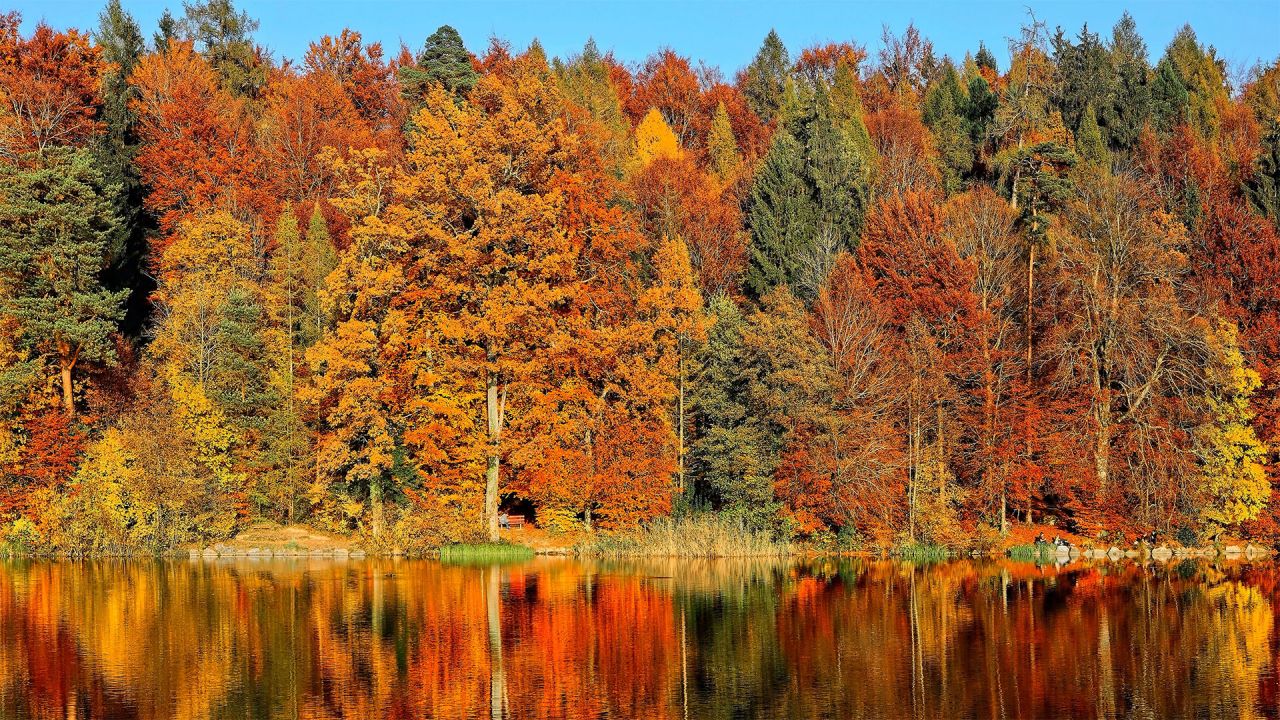Cool temperatures and moist soil are optimal for the most spectacular displays of fall color. However, with the earth’s rising temperatures and more extreme weather events, autumn might not look or feel quite like it has in the past.

Photo by Ricardo Gomez Angel
According to a report recently released by the UN’s Intergovernmental Panel on Climate Change, if global warming continues on its present trajectory, we can expect a nearly three-degree Fahrenheit temperature increase between 2030 and 2052. Combine those findings with observations naturalists have recorded over hundreds of years—like daily rainfall and annual bloom dates for the wood anemone—and we can better understand how human activity is affecting the natural world. And that includes what we can expect to see in our forests this autumn and future autumns to come.
Typically, with winter’s approach, temperatures—along with the amount of available sunlight and moisture—drop. These events signal to trees that it’s time to ditch their food-producing chlorophyll and, instead, reabsorb the nutrients from their leaves. With the breakdown of chlorophyll, leaves go from green to brilliant shades of yellow, orange, red, and purple, depending on their genetic makeup and environmental factors.
But thanks to climate change, the very onset of autumn has been delayed by an average of 1.4 days per decade. The duration of the color show itself is also subject to change. Drought conditions can contribute to early leaf drop. Extreme weather events like Hurricanes Florence and Michael, combining water-logged soil with ultra-high winds, easily can wipe out entire swaths of trees—and take the promise of fall color with them. Elevated levels of air pollution, ozone, and carbon dioxide also can negatively affect autumn color.
Besides the onset and length of an area’s fall color show, climate change is also likely to affect the kinds of trees one sees in the future. Traditionally, forest managers have planted trees which are native to particular areas, but, fast-forward 20 to 30 years, and some of those “native” trees will no longer be able to thrive within these changing climates.
For instance, the deep yellow foliage of Indiana’s state tree, the tulip poplar, is ubiquitous throughout the state in fall, but that might not always be so. “Tulip poplars may not be very happy in Indiana 30 years from now,” explains David Polly, a geological sciences professor with Indiana University’s Department of Earth and Atmospheric Science. “They would be much more suited to habitat in upstate New York and places like that. And that’s only 30 years away—whereas, the lifetime of a tulip poplar is a lot longer than 30 years.” As such, some forest managers are rethinking the types of trees they’re planting now, opting instead for species which may be better-suited to tolerate the coming changes in temperature and weather patterns.
The big picture? With riots of color, fall has long been a celebration of change, but falls of the future may hold other changes entirely.
